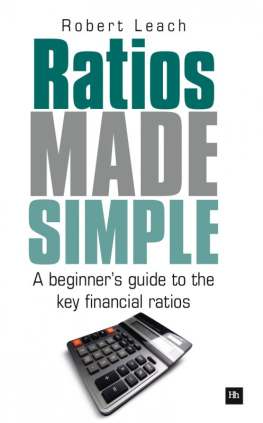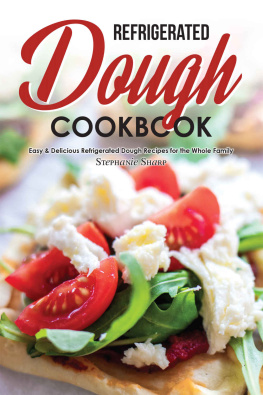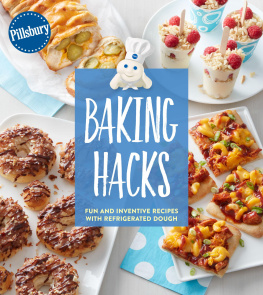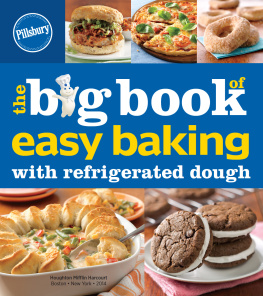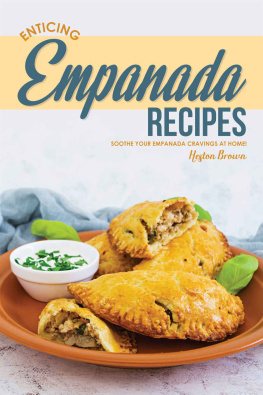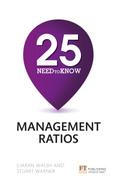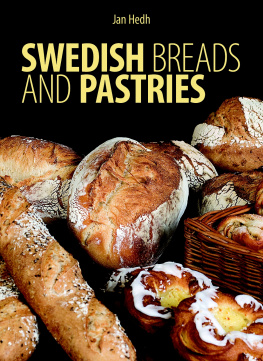Van Kraayenburg - Making dough : recipes and ratios for perfect pastries
Here you can read online Van Kraayenburg - Making dough : recipes and ratios for perfect pastries full text of the book (entire story) in english for free. Download pdf and epub, get meaning, cover and reviews about this ebook. year: 2015, publisher: Penguin Random House LLC;Quirk Books, genre: Home and family. Description of the work, (preface) as well as reviews are available. Best literature library LitArk.com created for fans of good reading and offers a wide selection of genres:
Romance novel
Science fiction
Adventure
Detective
Science
History
Home and family
Prose
Art
Politics
Computer
Non-fiction
Religion
Business
Children
Humor
Choose a favorite category and find really read worthwhile books. Enjoy immersion in the world of imagination, feel the emotions of the characters or learn something new for yourself, make an fascinating discovery.

- Book:Making dough : recipes and ratios for perfect pastries
- Author:
- Publisher:Penguin Random House LLC;Quirk Books
- Genre:
- Year:2015
- Rating:3 / 5
- Favourites:Add to favourites
- Your mark:
- 60
- 1
- 2
- 3
- 4
- 5
Making dough : recipes and ratios for perfect pastries: summary, description and annotation
We offer to read an annotation, description, summary or preface (depends on what the author of the book "Making dough : recipes and ratios for perfect pastries" wrote himself). If you haven't found the necessary information about the book — write in the comments, we will try to find it.
Making dough : recipes and ratios for perfect pastries — read online for free the complete book (whole text) full work
Below is the text of the book, divided by pages. System saving the place of the last page read, allows you to conveniently read the book "Making dough : recipes and ratios for perfect pastries" online for free, without having to search again every time where you left off. Put a bookmark, and you can go to the page where you finished reading at any time.
Font size:
Interval:
Bookmark:
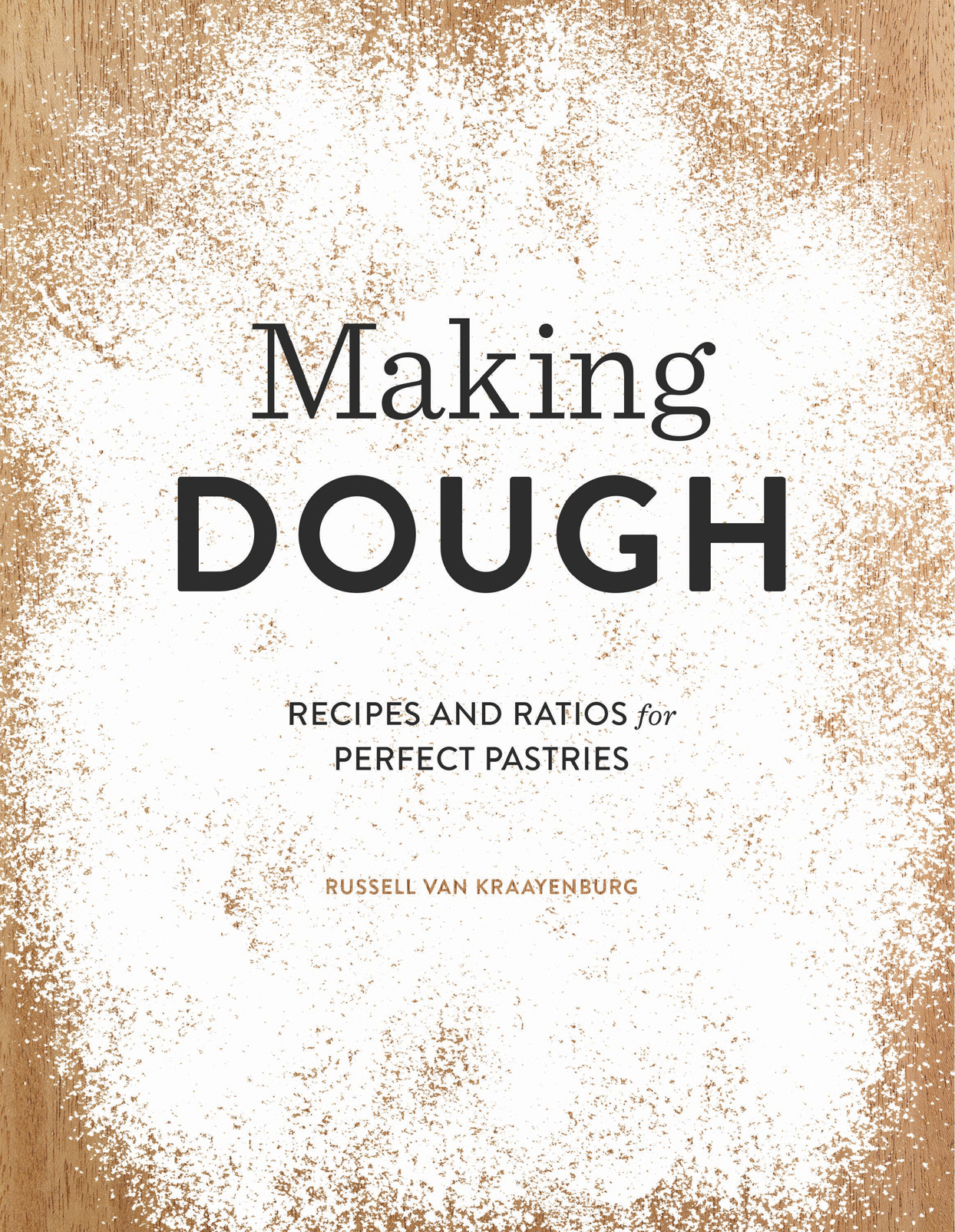
Copyright 2015 by Russell van Kraayenburg
All rights reserved. No part of this book may be reproduced in any
form without written permission from the publisher.
Library of Congress Cataloging in Publication Number:
2014956802
eBook ISBN: 978-1-59474-826-4
Hardcover ISBN: 978-1-59474-818-9
Print book designed by Andie Reid
Photography by Russell van Kraayenburg, except for the following Mason van Kraayenburg:
Production management by John J. McGurk
Quirk Books
215 Church Street
Philadelphia, PA 19106
quirkbooks.com
v3.1


This book is dedicated to my father, who always taught me to pay attention in math and science because it would prove valuable in life. Little did I know I would one day be the person in the story problems who buys 98 pounds of butter, 180 pounds of flour, 50 pounds of sugar, and 82 apples.
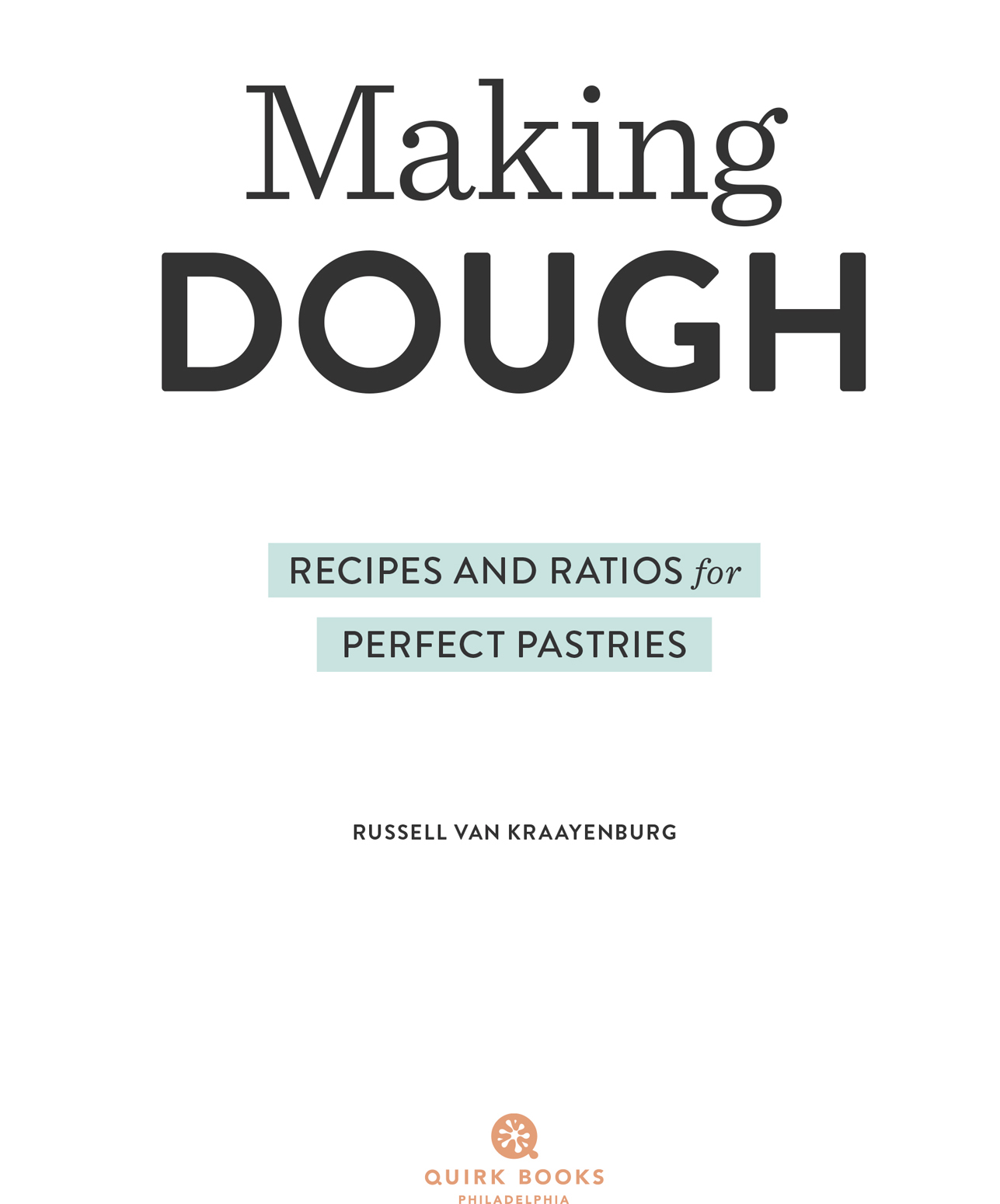
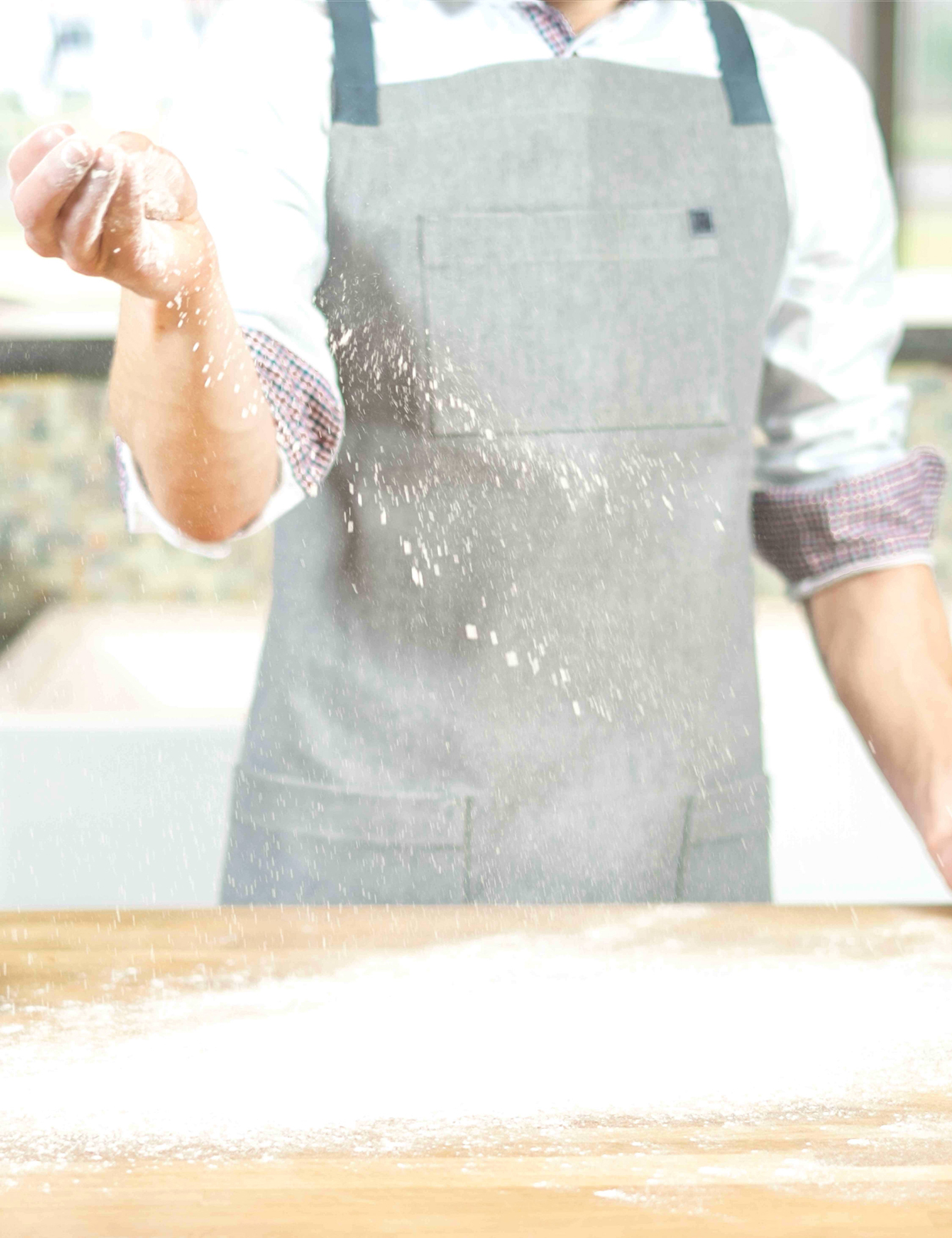
Pastries, and the doughs that give them life, have a daunting reputation. Their intricate construction, precise recipes, and time-consuming techniques can keep even the most adventurous home cooks from attempting to make them. But they are not as complicated as they sound!
Id like to share a secret that professional pastry chefs have known for years: you need to know only a dozen dough recipes to be able to make countless pastries. Galettes, hand pies, pot pies, and crackers all use the same recipe for pie dough. Doughnuts, cinnamon rolls, brioche tte, and rolls can be made from brioche dough. And the same recipe for shortcrust dough is the foundation for savory tarts, dessert tartlets, pop tarts, and even some cookies. Regardless of the application, the methods for preparing each of these twelve doughs remains the same; a croissant is a croissant, no matter your time zone.
With the help of this book you can master these twelve basic pastry doughs: biscuit, scone, pie, shortcrust, sweetcrust, pte choux, brioche, puff pastry, rough puff pastry, croissant, danish, and phyllo. You will also find instructions for 82 pastries and variations that use the basic doughs, plus 30 recipes for fillings, toppings, and glazes. Mix and match the doughs, techniques, fillings, toppings, and sauces for innumerable possible pastriesall from just a handful of simple dough recipes.
Ive always been obsessed with the inherent simplicity of baking. And Ive been baking for as long as I can remember, trying to capture and create the magic of some of my favorite pastries. Their simple constructionoften nothing more than butter, flour, and waterbecomes the base for so many flavors, a doorway to a never-ending variety of pastries.
The first time I baked was in the backyard. My primary ingredient? Mud. I can remember the mix of defeat and pride on my mothers face every time she had to buy a new pie pan because one of hers had mysteriously disappeared. The first time I baked in a real kitchen, it was, to my parents disapproval, without adult supervision. I vaguely remember adding more baking soda than flour to my concoction and using a few Cheerios for texture. The result came out green.
Eventually, my baking exploits became more commonplace. Everyone in my family had a sweet tooth, and indulging it became a family affair. And though in the beginning our cookies came from plastic containers, our biscuits from cardboard tubes, and our cakes from boxed mixes, we slowly began to expand our horizons. Soon we tried biscuits from scratch. Cakes whose batter we mixed according to a recipe. Eventually, our cookies more often came from the ingredients in our fridge and pantry, not a squishy tube. My father started making his own crepes. But our pastriesboy, did we like our pastrieswere purchased from local bakeries and pastry shops. We never dared to make those from scratch. We didnt even prepare our own pie or tart crusts. They were simply too difficult. Or so we thought.
After nearly a decade of living, and cooking, on my ownmissing home-cooked meals and desserts from scratchI began to explore the world of pastries that I once found too intimating and attempted to make homemade pastries easy and accessible. Im glad I did, and I hope you will be, too. Lets get started!
With this book I hope to help you make delicious, from-scratch pastries at home. First well look at the science and math behind baking to discover how altering the ratio of ingredients can produce wildly different results. Once weve explored the different types of dough, we will form them into different shapes and mold them into distinct baking dishes, and then mix and match them with a variety of fillings and toppings. The possibilities are endless.
Each of the twelve basic dough recipes can be boiled down to a simple ratio of five numbersthe amounts of flour, fat, liquid, sweetener, and egg. You can use that ratio to customize any doughscale it to your needs or substitute ingredients to make your own recipes. Understanding these ratios makes from-scratch pastries easy and, more important, a lot of fun.
Every kind of dough contains flour and a liquid (usually water or milk). It may also contain fat (butter, lard, shortening, bacon fat, etc.), sugar or other sweetener (honey, maple syrup, corn syrup, etc.), a leavener (yeast, baking soda or powder, air, etc.), eggs, salt, and flavorings. Dough is any amalgamation resulting from the combination of those ingredientsunless its a batter. Batters are similar to doughs, but they can be poured and are typically used to make waffles and pancakes, muffins, cakes, and other delicate desserts. Were not worried about batters here. This book is all about doughsthe ones you can work with your hands.
What distinguishes one dough from another is the relationship between its ingredients. For example, pie dough, biscuit dough, and puff pastry dough contain the same three primary ingredients: flour, butter, and a liquid. But by altering the amounts, you can create vastly different crumb sizes, textures, and flavors (consider the difference between a dense bacon cheddar biscuit and the ethereal layers of mille-feuille).
Pastry baking takes more than just a carefully measured combination of ingredients, though. You also need to combine the ingredients in just the right way. Mixing method is what allows us to control the texture, weight, and sturdiness of a dough. If a doughs ingredients are like the building materials at a construction site, the ratio is the blueprints and the mixing method is the construction team. The rest depends on the tools you use and the flavorings you add.
The scope of this book is pastry dough, which means that, in addition to batters, a few other types of doughs are not discussed. The first is pasta dough; at its simplest this mixture contains only water and flour, but recipes may include eggs and fat. Also omitted is bread dough, a category so vast and varied that it truly deserves its own book (though brioche is covered here; see ).
Font size:
Interval:
Bookmark:
Similar books «Making dough : recipes and ratios for perfect pastries»
Look at similar books to Making dough : recipes and ratios for perfect pastries. We have selected literature similar in name and meaning in the hope of providing readers with more options to find new, interesting, not yet read works.
Discussion, reviews of the book Making dough : recipes and ratios for perfect pastries and just readers' own opinions. Leave your comments, write what you think about the work, its meaning or the main characters. Specify what exactly you liked and what you didn't like, and why you think so.

